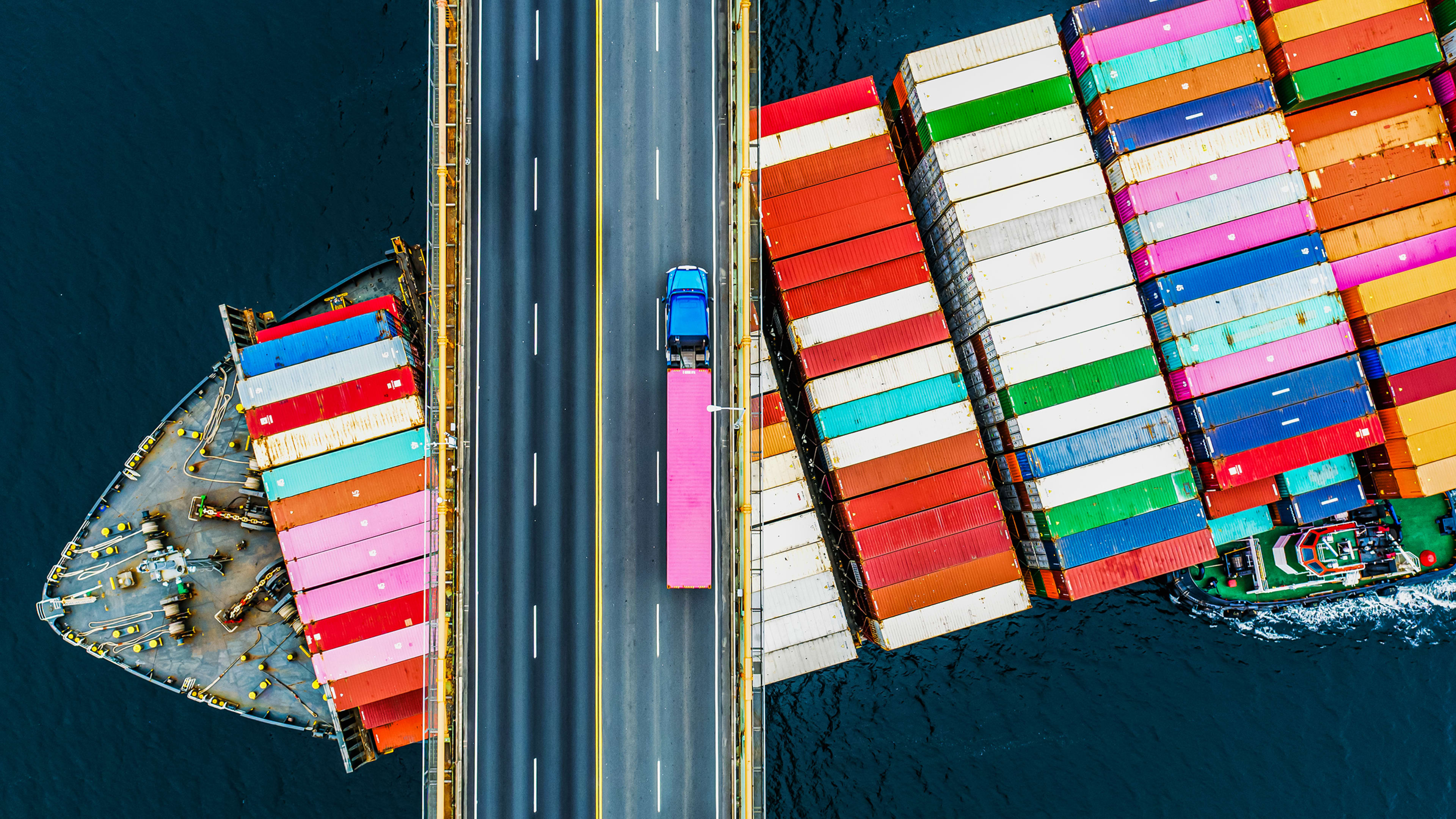The one-two punch of the pandemic and the Great Resignation put shipping companies and ports at a severe disadvantage that both are still working to overcome. Consumers, meanwhile, who largely never gave the shipping industry a second thought before 2020, are learning a lot more about the ins and outs of getting products to manufacturers and stores.
Right now, much of the focus is on the upcoming holiday season, with major retailers like Amazon strongly encouraging users to begin shopping early (through programs like the recently completed Prime Early Access Sale). But how do things look a little further down the line? Here’s what the experts have to say.
Government intervention remains a possibility
While governments have tried to clear a path as much as possible for shipping companies, they’ve resisted a direct hands-on approach through this crisis. But a report from research and data firm IHS released in late September raised the possibility of government intervention in the future, as geopolitical events, rising inflation and other hurdles could cause problems.
“One of the ways governments are starting to respond to the challenges these dynamics present is to look more closely at supply chains and supply chain resilience as a national security imperative,” the report reads. “If this continues–as it seems likely to do–government intervention with trade and sourcing is likely to become a more pronounced challenge for supply chain managers. The war in Ukraine has amplified and accelerated trends already set in motion.”
Last year’s shortages could transform into next year’s oversupply
Remember early this summer, when Walmart, Target, and others had huge discounts on clothing and home goods? That was because a lot of the materials they had ordered up to a year ago finally hit stores, overwhelming them with inventory.
For a brief moment, supply outstripped demand. As the economy continues to gallop towards recession, consumer demand is likely to be reduced in the months to come. And that could make things even more challenging for the shipping/supply industry on a different level.
“The current market moderation is expected to spill over into 2023,” says ING’s Trade Outlook 2023. “There are simply not enough silver linings to keep global goods trade robustly flowing.”
Put another way: Lower demand could result in oversupply.
The labor market isn’t expected to improve
The labor issues that have plagued so many companies for the past year are just as prevalent, if not more so, in the shipping industry. As in many industries, workers are seeking pay increases to keep up with inflation. Labor actions, including strikes, have taken place in the U.S., U.K., Germany, South Africa and South Korea.
Add to that the fallout of the Russia-Ukraine war (the countries make up nearly 15% of all seafarers, according to the International Chamber of Shipping). And China could institute new COVID lockdowns in 2023 as part of its zero-COVID policy, which would cause more problems and increase congestion.
There may soon be a surplus of ships
Next year is expected to see a rush of new vessels. Some 28% of the current installed fleet capacity is on order and just under half of that is expected to be delivered over the course of next year, according to ING. That could make container rates lower, which could work out well for consumers, as shipping costs could drop.
Climate change could pose additional problems
While geopolitical and labor issues are significant concerns, ecoclimate issues could present just as notable a roadblock for shippers. Low levels in Germany’s waters are impacting economic activity. And in the U.S., the Mississippi River is seeing falling water levels, which has resulted in a log-jam of over 100 vessels.
There are heat waves in China and hurricanes are becoming stronger than ever. All of these present an opportunity to disrupt supply chains around the world.
Overall, though, things are getting better
While it won’t quite be the “normal” we all fondly remember, signs are now pointing to a better year in general for supply chains in 2023. The Logistics Managers’ Index for September read “September’s future predictions hint at normalization and a return to business as usual over the next year.”
Meanwhile, a report from Sea-Intelligence, a supply chain research and analysis firm, says roughly half of the congestion that has plagued the shipping industry in the past year is now resolved—and the pace of recovery is improving.
“How long will it take for this gradual improvement to get to a point where the market is fully back to normal?” the report reads. “There are multiple different ways to look at this, [but all indicate] a full reversal to normality should come in March 2023.”
Recognize your brand's excellence by applying to this year's Brands That Matters Awards before the early-rate deadline, May 3.
